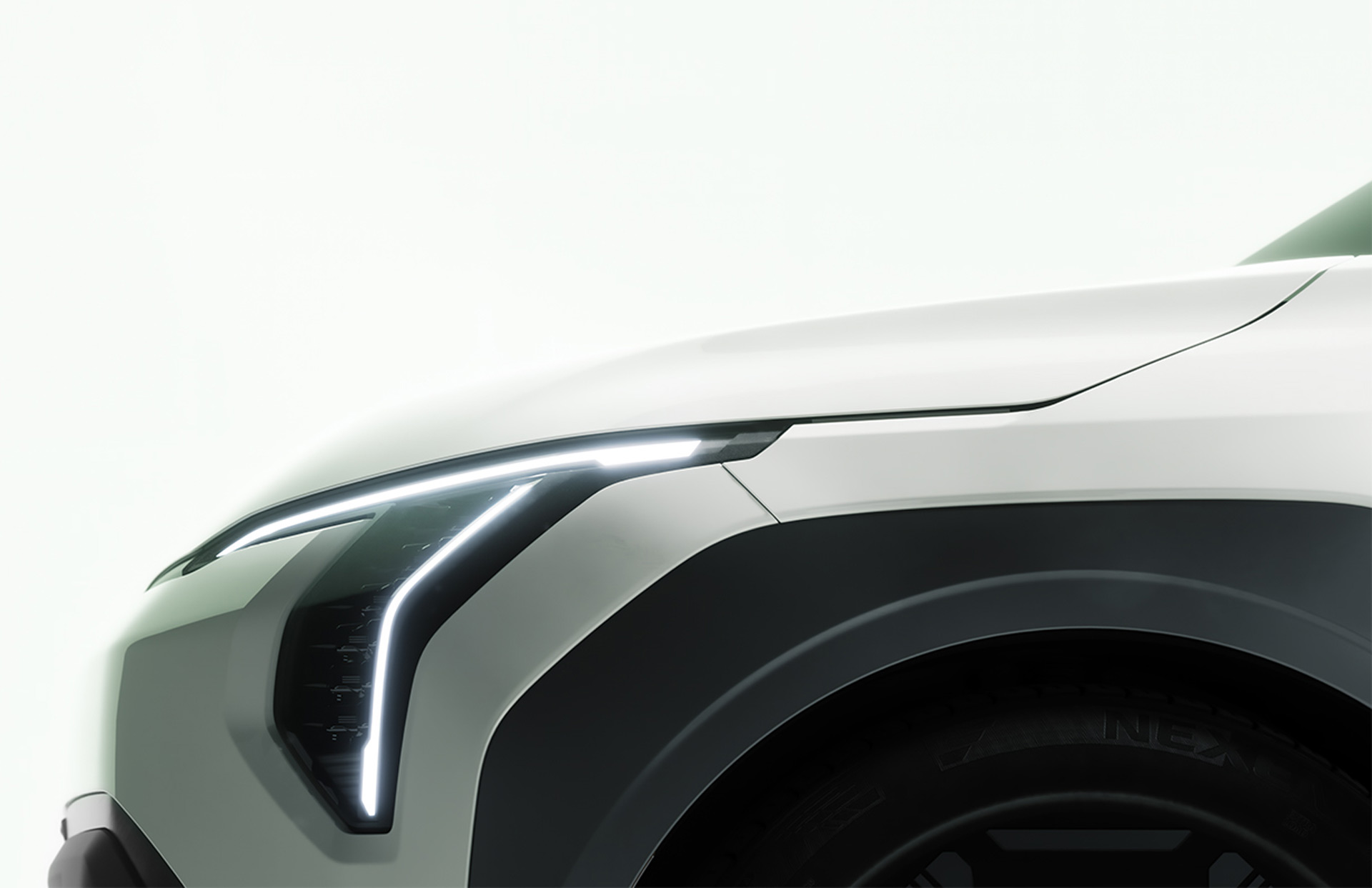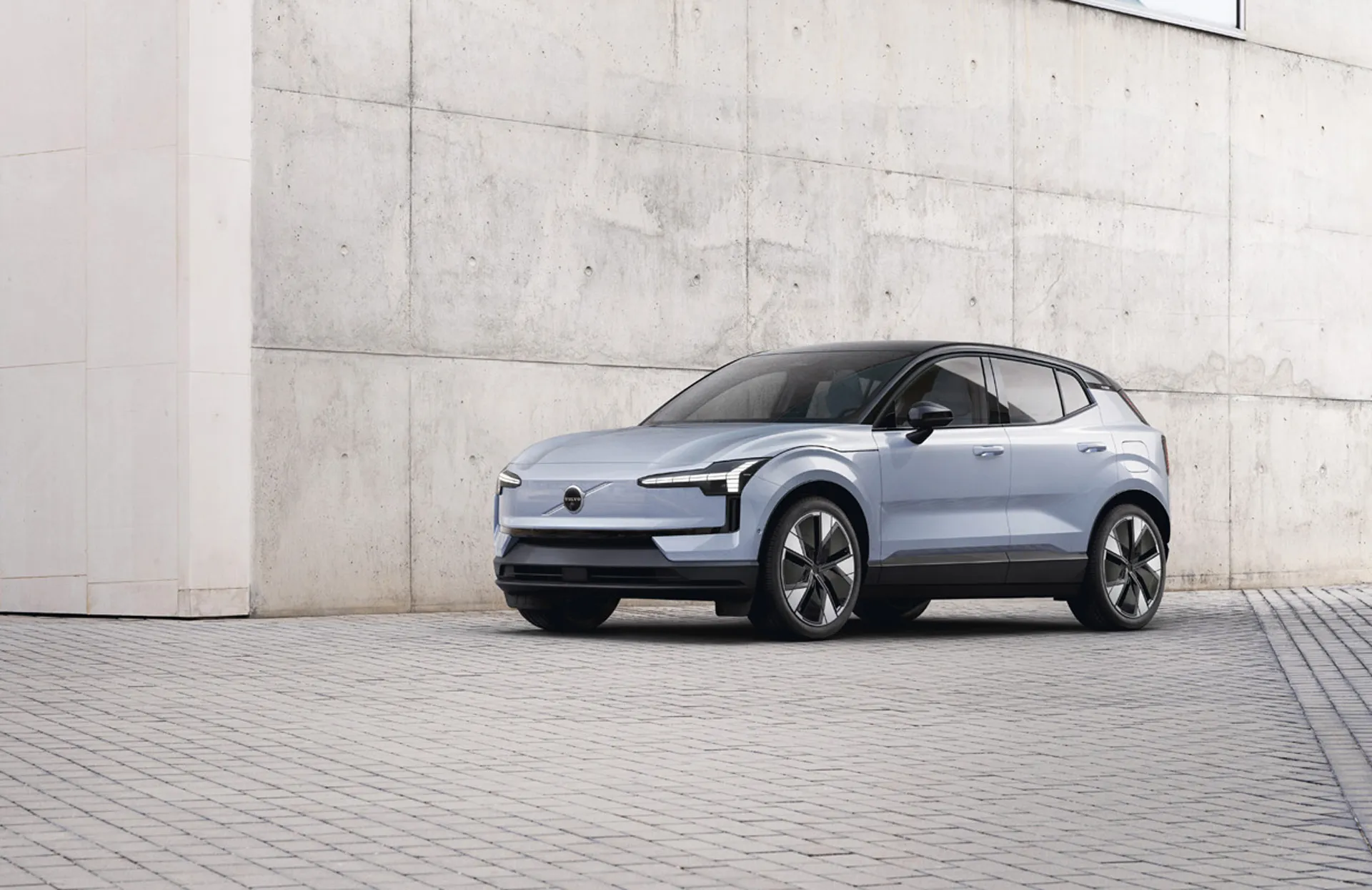Why did Tesla sell a base Model Y with a bigger battery than needed?
Why do rural communities see EV charging as less relevant?
This is our look back at the Week In Reverse—right here at Green Car Reports—for the week ending May 11, 2024.
In a follow-up Hyundai Ioniq 6 test drive, Green Car Reports found that this electric sedan goes the distance for a competitive price—with more range in the real world, or by ratings, versus the Tesla Model 3. But the Ioniq 6 doesn’t quite get it right on all its details.
2024 Hyundai Ioniq 6
Kia has confirmed that its compact EV3 electric SUV is production-bound and will arrive next year. It hasn’t yet confirmed whether this model is coming to the U.S., although maybe that will be clarified after its May 23 debut. In a small set of close-cropped teaser photos, Kia showed that the production EV3 preserves many of the same bold design traits and so-called Star Map lighting theme as the concept.
Tesla has canceled its cheapest Model Y, while adding a rear-wheel-drive Model Y Long Range version with a range of 320 miles for just $2,000 more. Additionally, CEO Elon Musk suggests that recently delivered base Model Y versions can tap into all or nearly all that range as an upgrade, pending regulatory approvals.
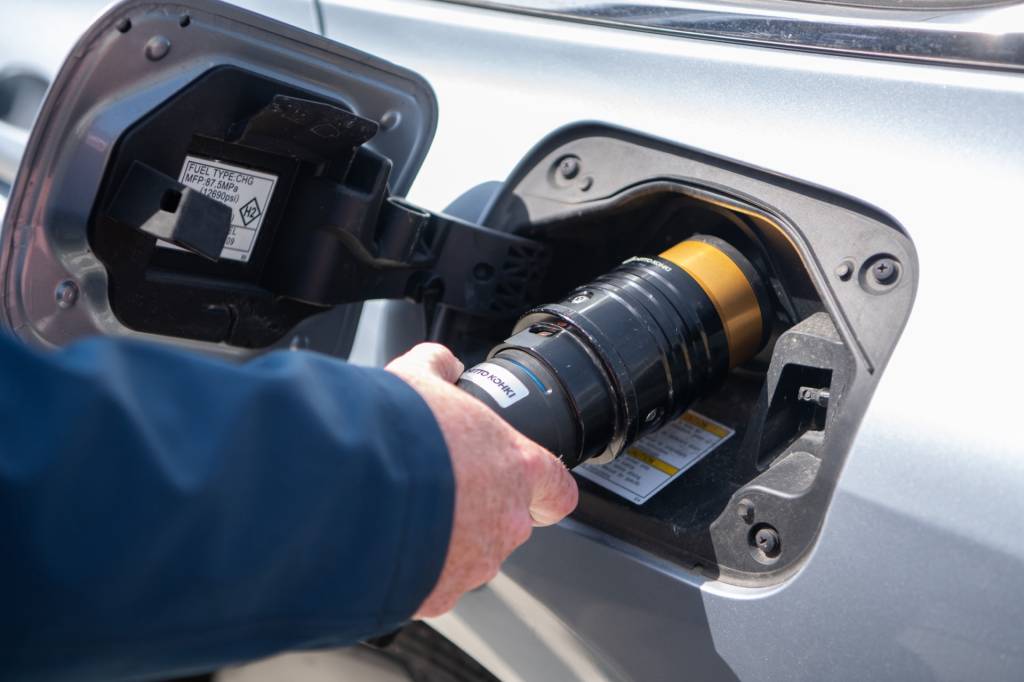
Hydrogen fueling at Toyota H2HQ
Although big batteries and hydrogen fuel cells are often seen as two opposing ways to electrify trucks with no tailpipe emissions, Toyota is reworking the formula in its hydrogen fuel-cell semi to include both. With a supersized battery pack but no plug-in capability, Toyota makes more of the fuel-cell tech. Look for the same formula, potentially, in future pickups.
As part of a commercial vehicle push, Stellantis plans a hydrogen fuel-cell Ram heavy-duty truck. Although details are yet to come, the decision to push well into the medium-duty sector with fuel cells coincides with other automakers’ decisions to shift away from fuel-cell passenger vehicles.
On the sixth anniversary of its first EV fast-charger installation, last week—the same week that Tesla laid off its Supercharger team—Electrify America confirmed big expansion plans. It aims to boost its total number of fast-chargers by 25% through the year, to 5,000 chargers. That’s about 20% more by the end of the year versus what it has today.
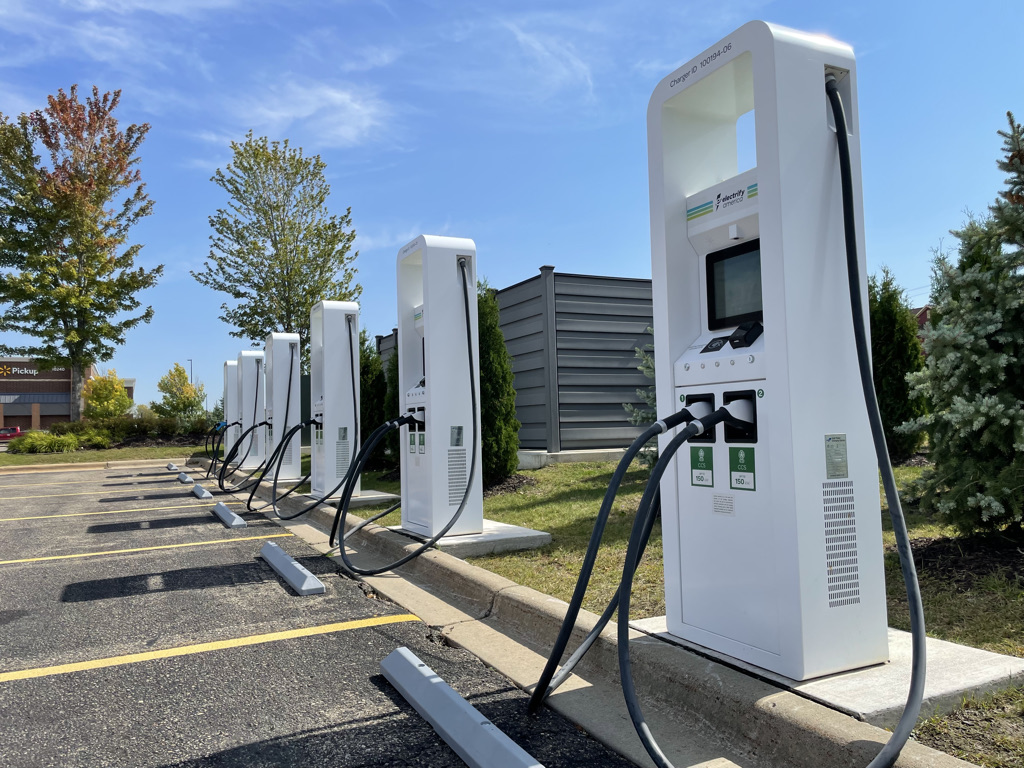
Electrify America chargers
In a strange turn of events, the oil giant BP may rescue Tesla Supercharger sites left in the lurch after Tesla’s still-puzzling decision to cut its Supercharger program. BP intends to spend $1 billion by 2030, with half of that investment to be made within the next two to three years. That will include 3,000 U.S. chargers, with some large-scale sites with 12 or more chargers, to be called Gigahubs.
Rivian is rejiggering the production capacity of its plant in Normal, Illinois, to accommodate up to 155,000 of its more affordable R2 SUVs annually. That’s more than the cumulative number of EVs the company has delivered since it started rolling its R1 family out to customers about 2.5 years ago.
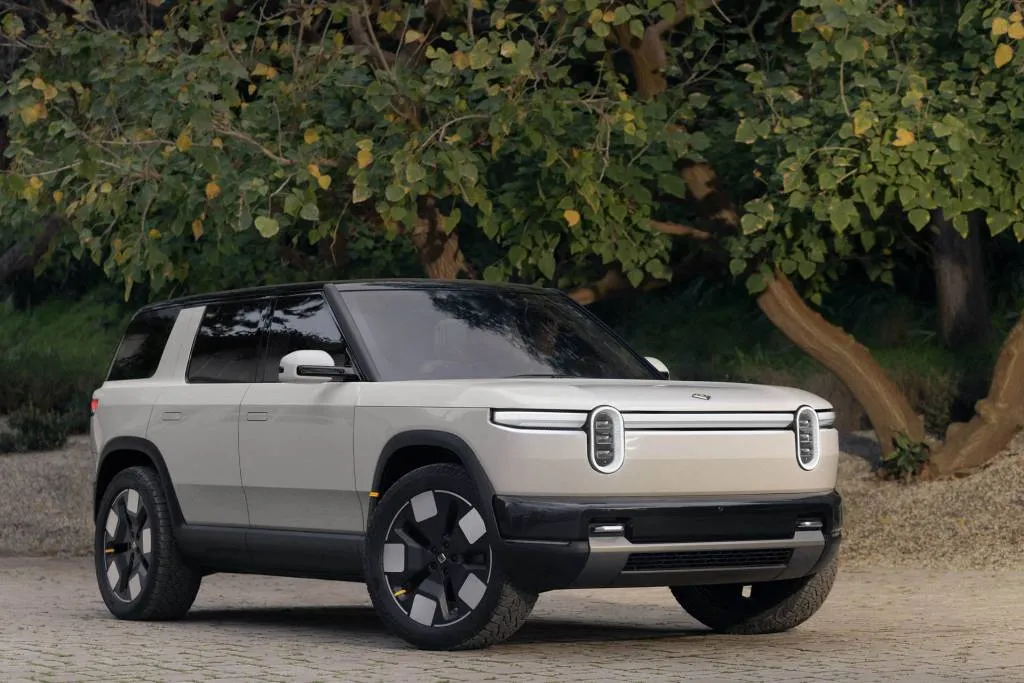
Rivian R2
According to the consultancy Wood Mackenzie, as quoted in a Reuters report this week, growing EV sales in both the U.S. and China could contribute to a significant cut in gasoline demand in 2024. That’s due not so much to an acceleration in EV growth but to the cumulative effect of all the EVs now in service.
Former President and current Presidential candidate Donald Trump reportedly tried to collect $1 billion in donations from top oil executives at Mar-a-Lago over the promise that Trump would scrap stricter EPA emissions rules anticipated to drive up the sales of EVs. Although with many of these companies recast as diversified, greener “energy companies,” the extra pollution might not be the image they’re looking for.
Residential electricity rates throughout the nation have soared over the past couple of years. Meanwhile, California is seeking to cut the cost of home EV charging through a fixed-charge plan—essentially a package of energy for a flat, reduced fee, with the cost even less for low-income households.
Are the flame retardants in vehicle cabins making us sick? Citing studies and investigations, Consumer Reports is calling on the federal government to reevaluate the standards, which were adopted in 1971 and haven’t changed much since. What’s more, the chemicals intended to curb a gasoline-fueled fire might not even be relevant in EVs.
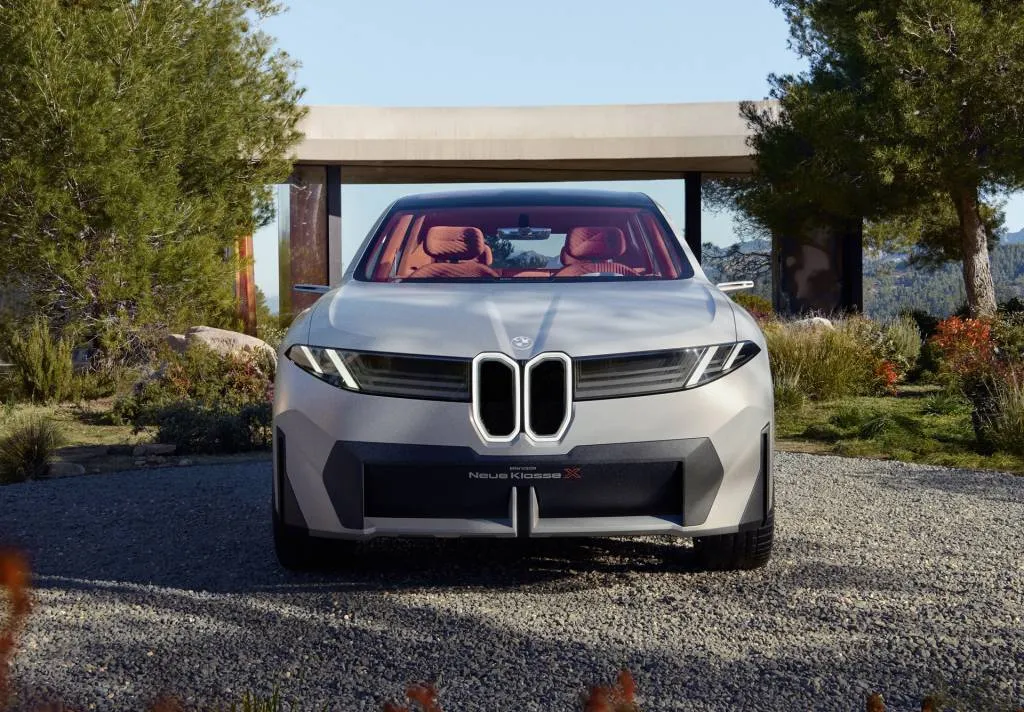
BMW Vision Neue Klasse X concept
BMW has started building a battery plant in Mexico that will provide more energy-dense cylindrical cells for longer range and faster charging in next-generation Neue Klasse EVs. If Inflation Reduction Act rules remain, the products might eventually qualify for the EV tax credit.
In what might be yet another example of an urban-rural divide, a recent University of Michigan survey suggested that EV charging is seen as less relevant to rural communities than to cities. While more local governments are interested versus a version of this survey in 2019, they’re still concerned about cost.
According to a recent annual report from the American Lung Association, 39% of the U.S. population lives with unhealthy air. While recent EPA emissions rules for passenger cars and commercial trucks will help clean up particle pollution, ozone pollution remains a challenge. EVs are part of the remedy, as progress is also made in curbing pollution from power plants.
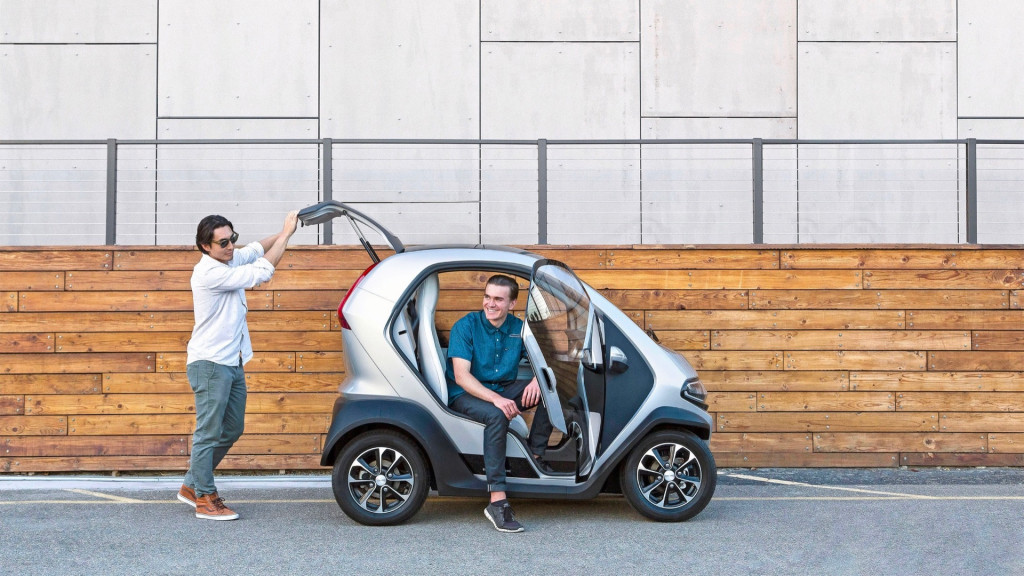
Eli Zero
If you’re fine moving no faster than 25 mph, the tiny $11,990 Eli Zero EV might be just right for urban deliveries. In U.S.-bound form, the two-seat hatchback minicar goes up to 90 miles, and constrained by those speeds it’s unlikely range anxiety is going to be a concern.
And Supercharger drama aside, will the Tesla NACS connector bring more reliable charging? As a report recently underscored, the answer to that is no, as the vast majority of charging issues relating to EVs isn’t due to a failure of the connector but to the maze of interoperability that manufacturers, hardware makers, and networks face
_______________________________________

